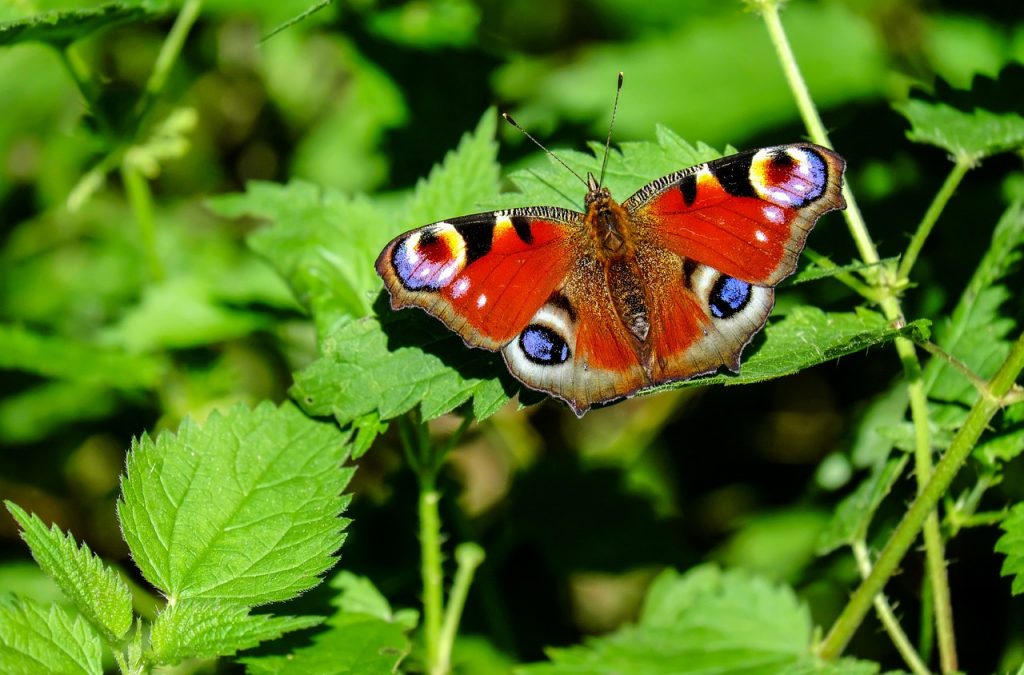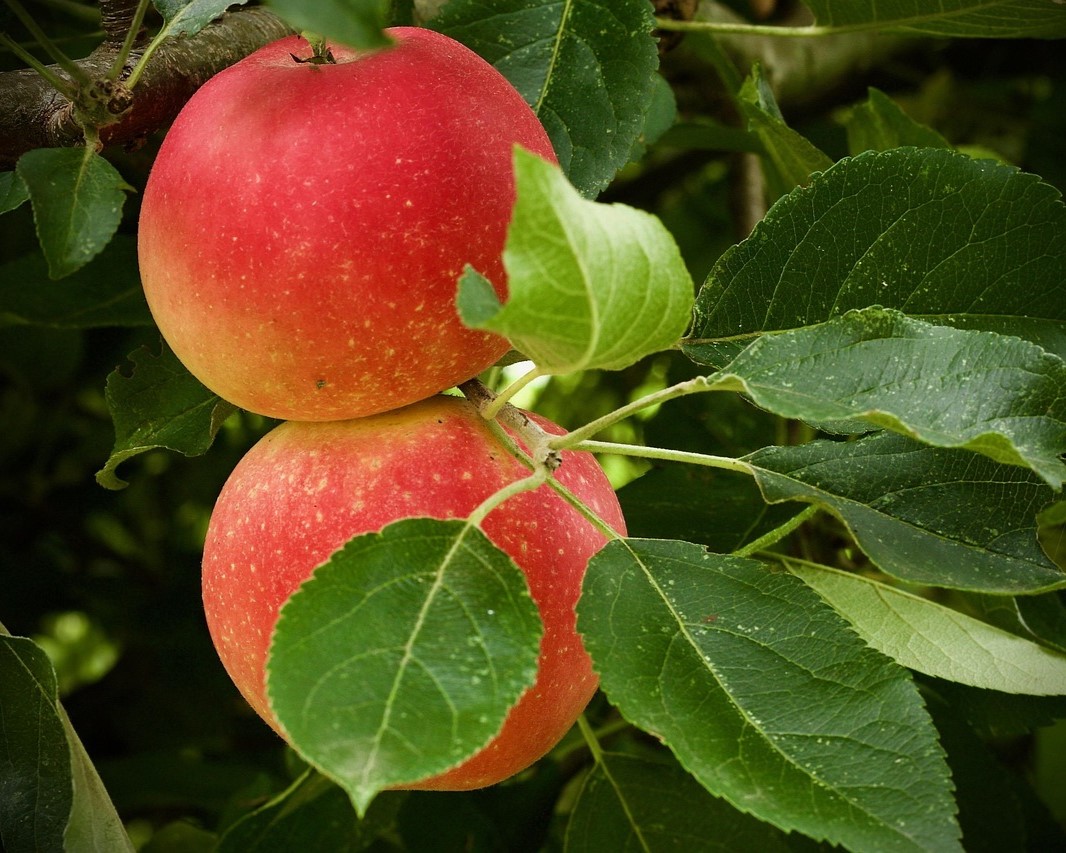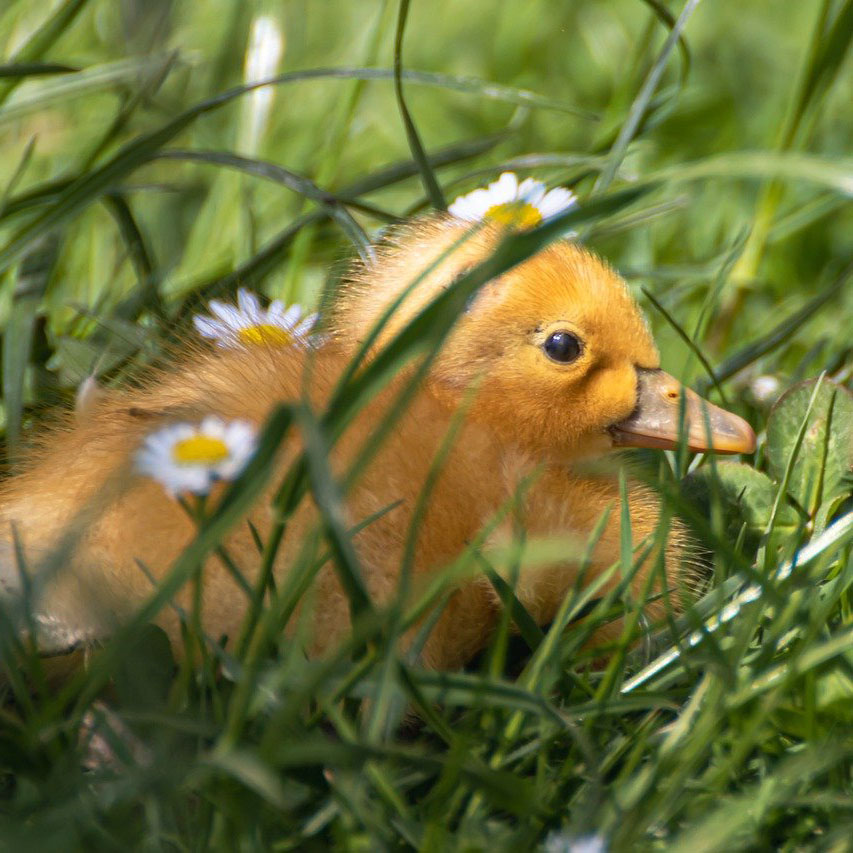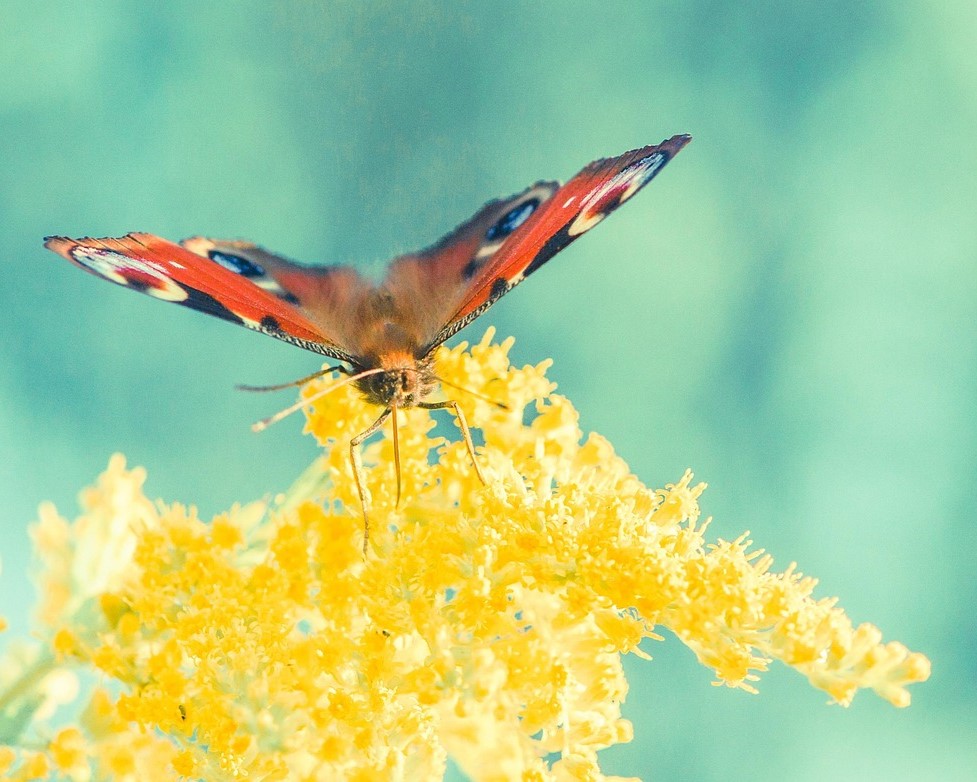
Eagle eyed Quinta Allotment holders have made a delightful discovery: peacock butterfly caterpillars and eggs have been spotted on a nettle patch near the garden waste burning pile. This is a good sign of a healthy ecosystem at our allotments, and we’re asking our allotment holders to help protect these developing butterflies.
To support their survival, please do not burn any garden waste in or near this area for the time being. The caterpillars are currently feeding on the nettles, and disturbing their habitat could prevent them from completing their life cycle.
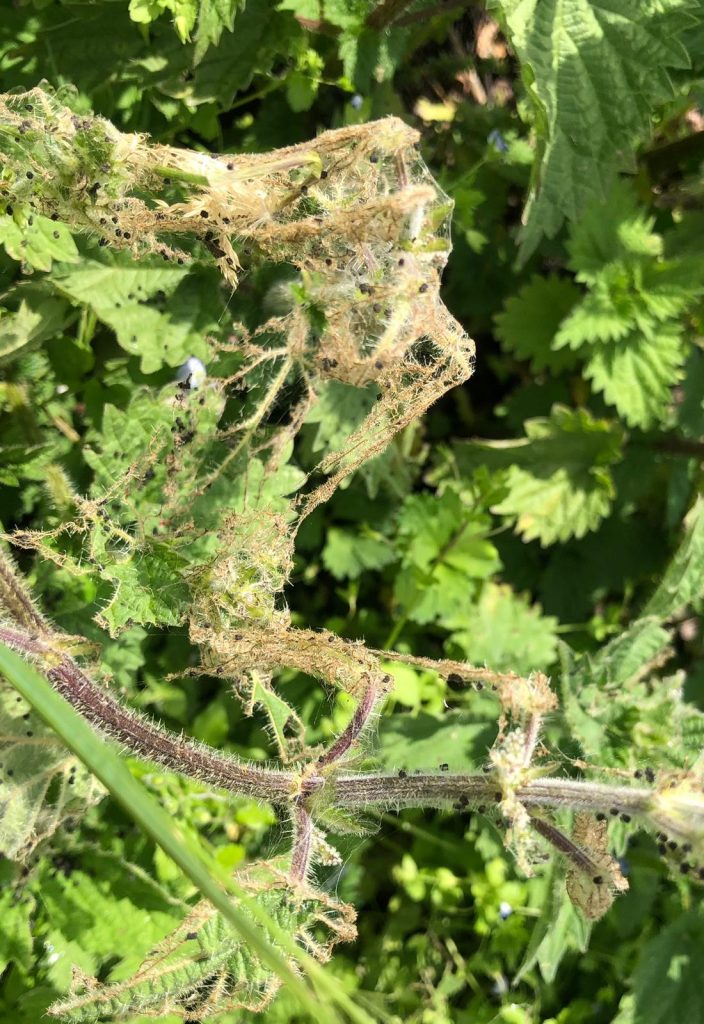
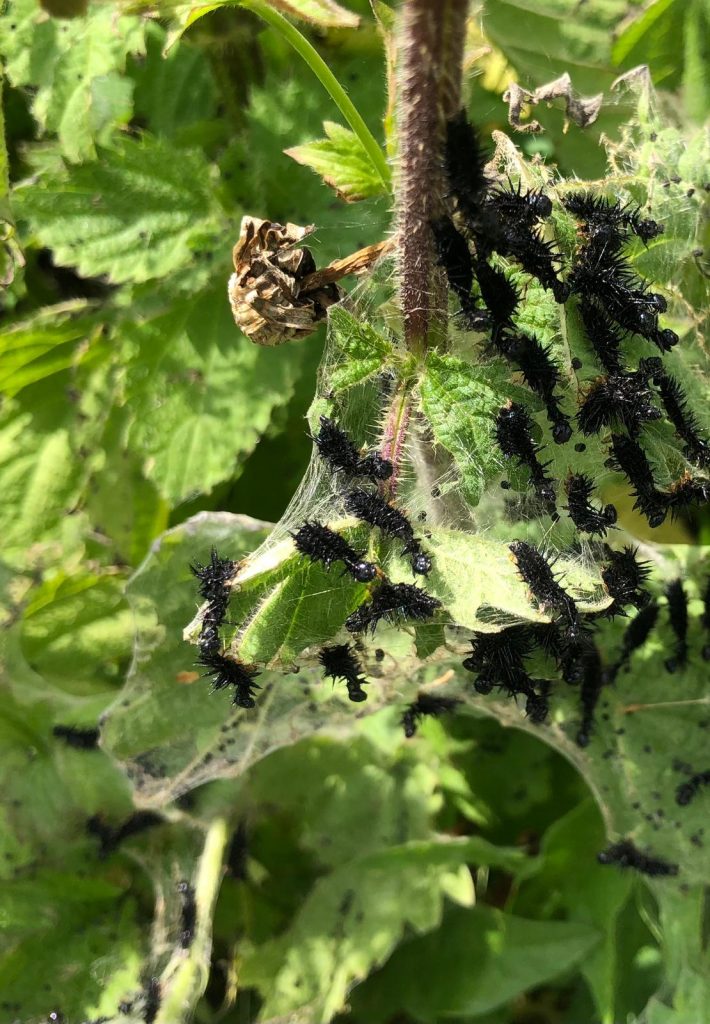
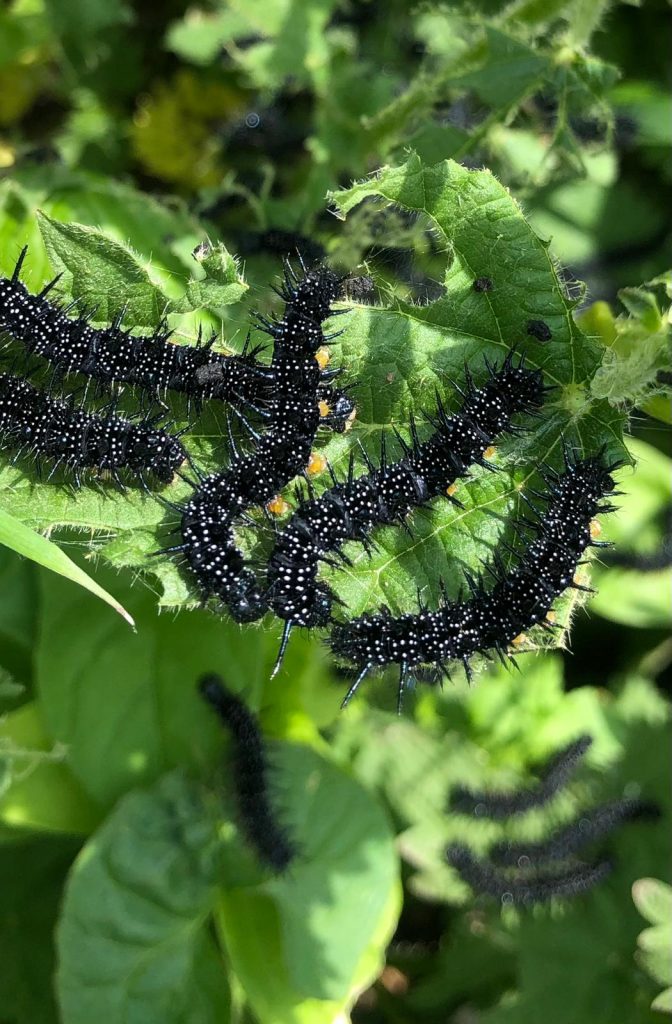
Peacock butterflies are one of the UK’s most recognisable butterflies, known for the vivid, eye-like patterns on their wings. These markings help deter predators and make them a favourite among gardeners and nature lovers alike.
The life cycle of the peacock butterfly begins with eggs laid on nettles, which hatch into black spiny caterpillars. Over the next few weeks, the caterpillars feed, grow, and eventually form chrysalises (pupae). After around three weeks in the chrysalis, adult butterflies emerge, ready to begin the cycle anew. From egg to butterfly, the process takes about 5 to 7 weeks, depending on weather and other conditions.
Thank you to everyone for being mindful around this area, and helping protect these important pollinators. We are looking for ward to spotting them around the allotment in a few weeks time!
